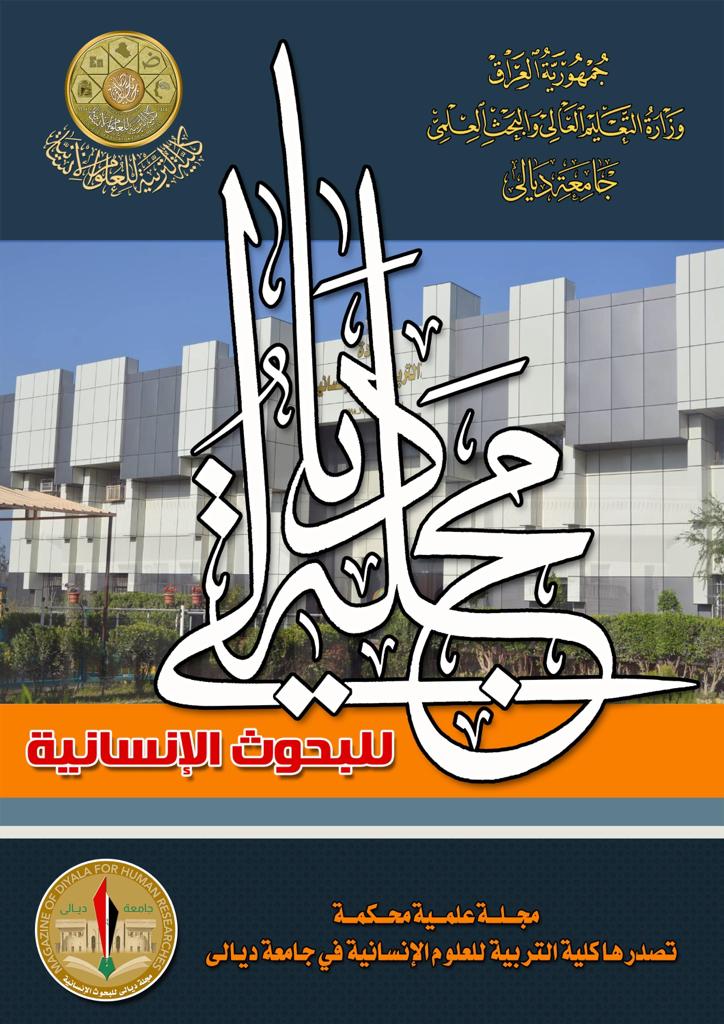Use of high-resolution images to reveal the changing of Tigris river morphology by anthropogenic effect between Al-Muthanna and Sarafiya bridges – Baghdad
DOI:
https://doi.org/10.57592/djhr.v1i90.1317Abstract
In this study a high-resolution image used to detect the geomorphic and hydraulic response of a fluvial system to human-induced environmental change in reach. Many dramatic changes observed on both riparian included land use, channel morphology and sedimentation, based on a spatial analysis of space images (2008-2020). Analysis of 12 selected channel cross-section with 3d images and photographs unveiled a major change in morphology and sedimentation of the reach During the period of the study : the magnitude of change difference for each selected cross section between (2008-2020) was (161.81 to -82.43) m reflected the human-induced environmental change in reach , Sinuosity index varied between (1.005-2.01m) so the reach contained one straight and tow meanders . The spatial pattern of land cover within the reach also changed considerably: highly degraded orchards and green cover land on each riparian was removed and some of islands was cultivate, others used for fish breeding while others used for tourism and recreation. a large and fast changes in the spatial context of land use within the reach during 12 years. This suggests that the response of the reach to land-use change not only depends on discharges and other hydrological properties, but also on the spatial pattern of LULC change within the reach. This research highlighting on changes of not only of LULC on banks only but also concentrated on channel morphology, meandering processes and channel adjustment in a fine-grained alluvial setting, finally this study demonstrates the processes of channel morphology change due to human disturbances.

